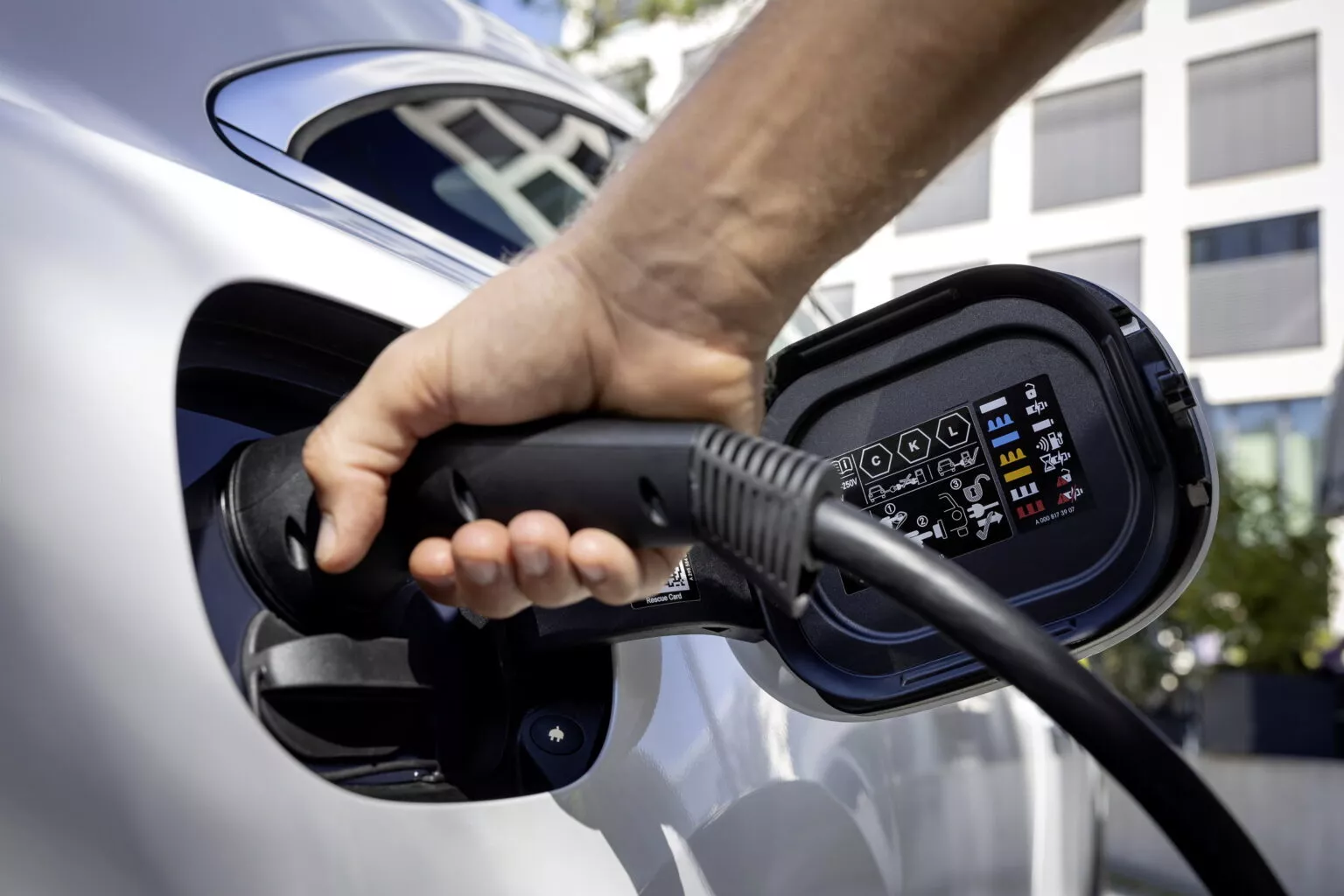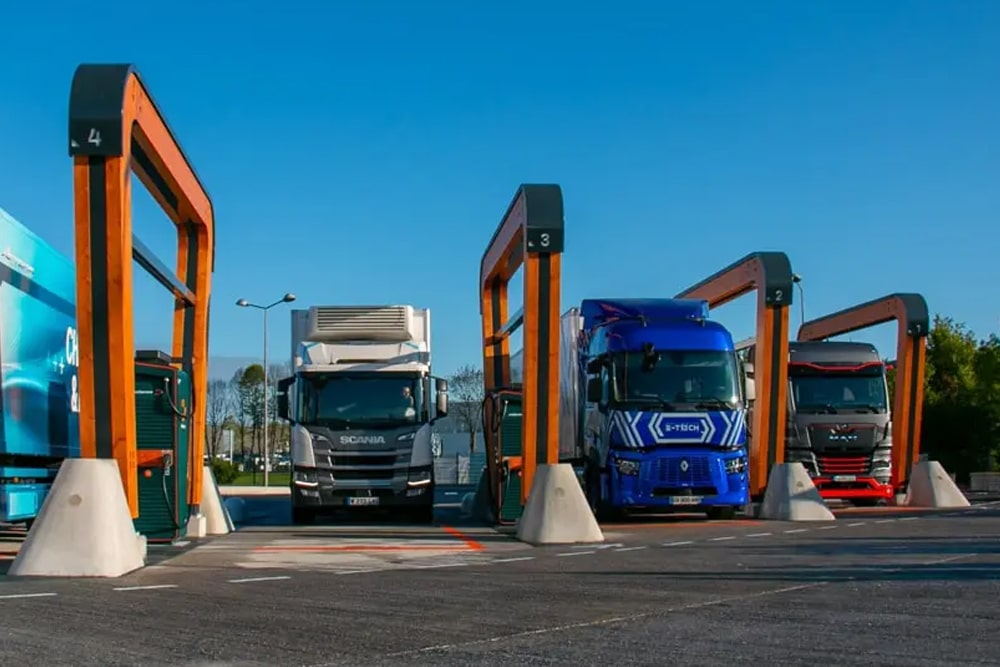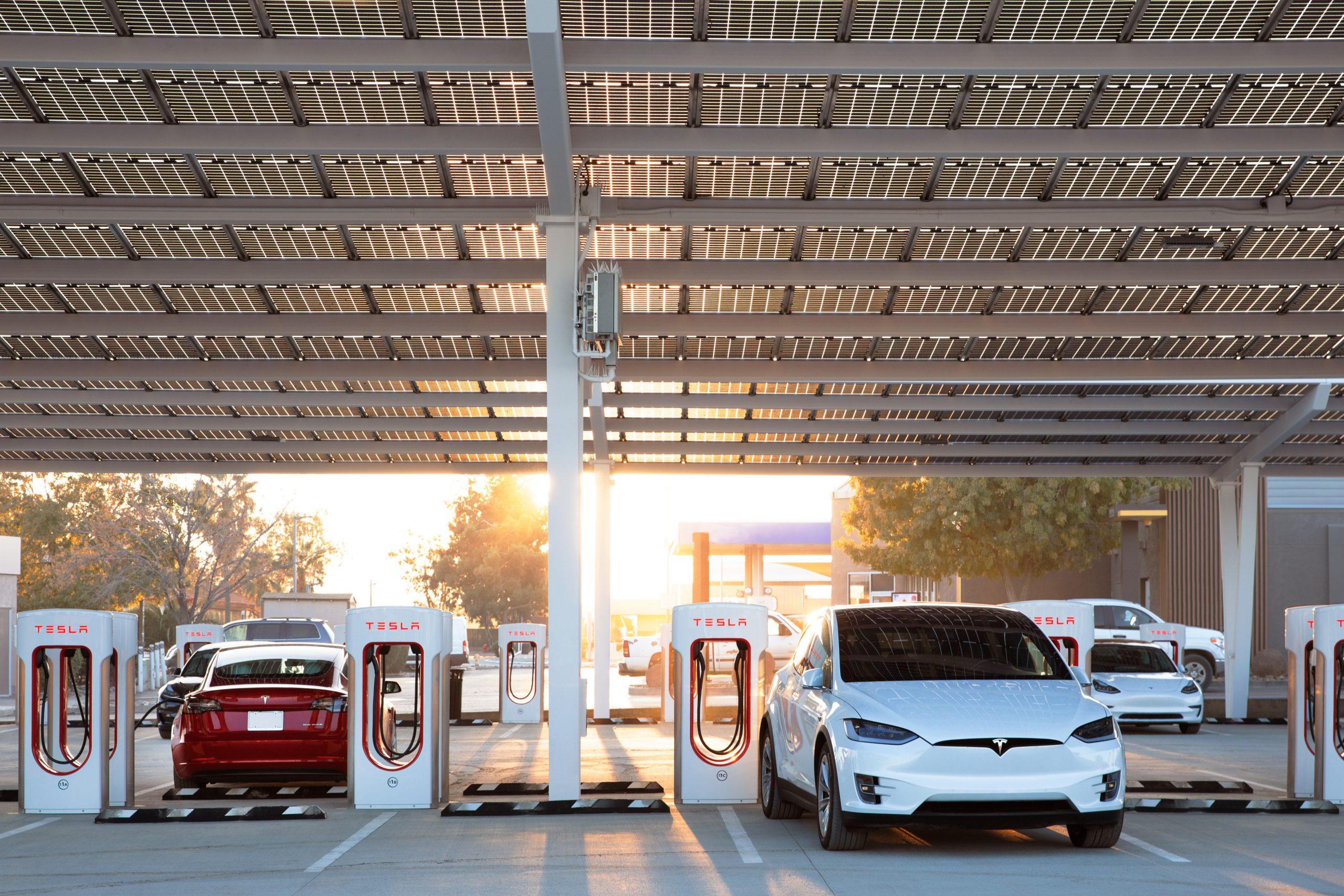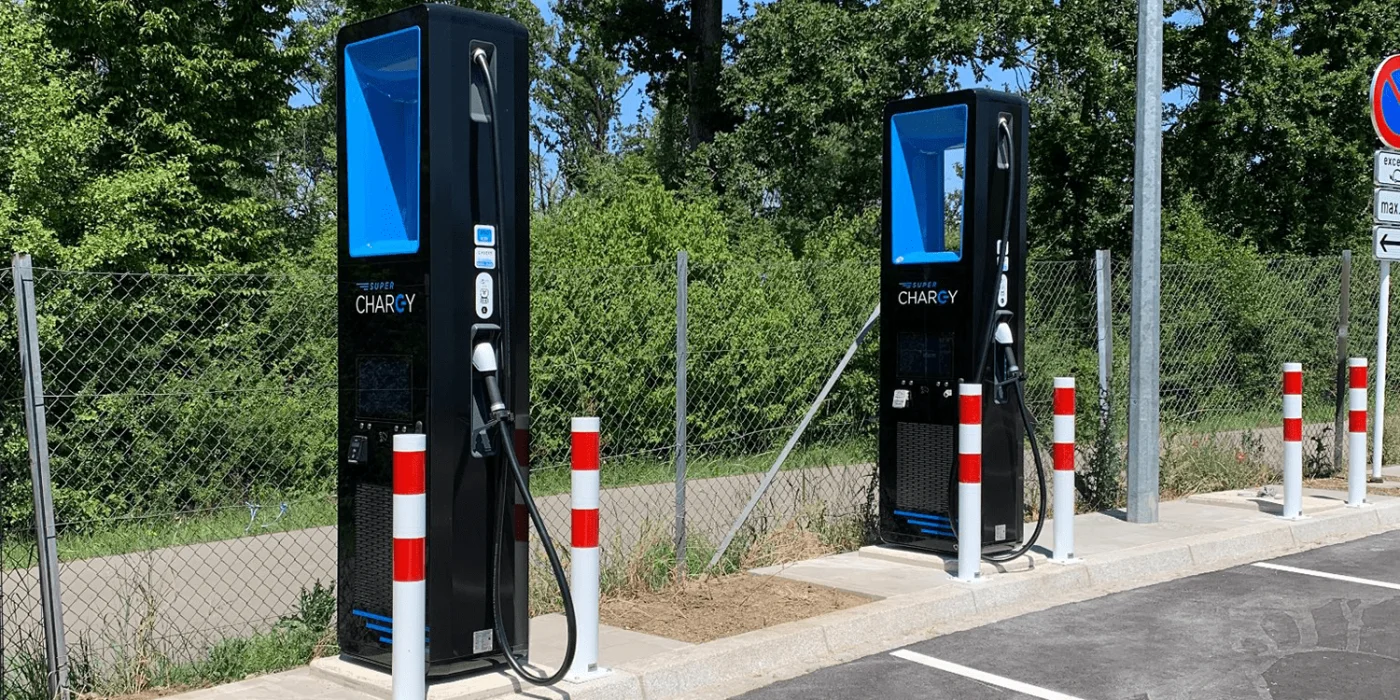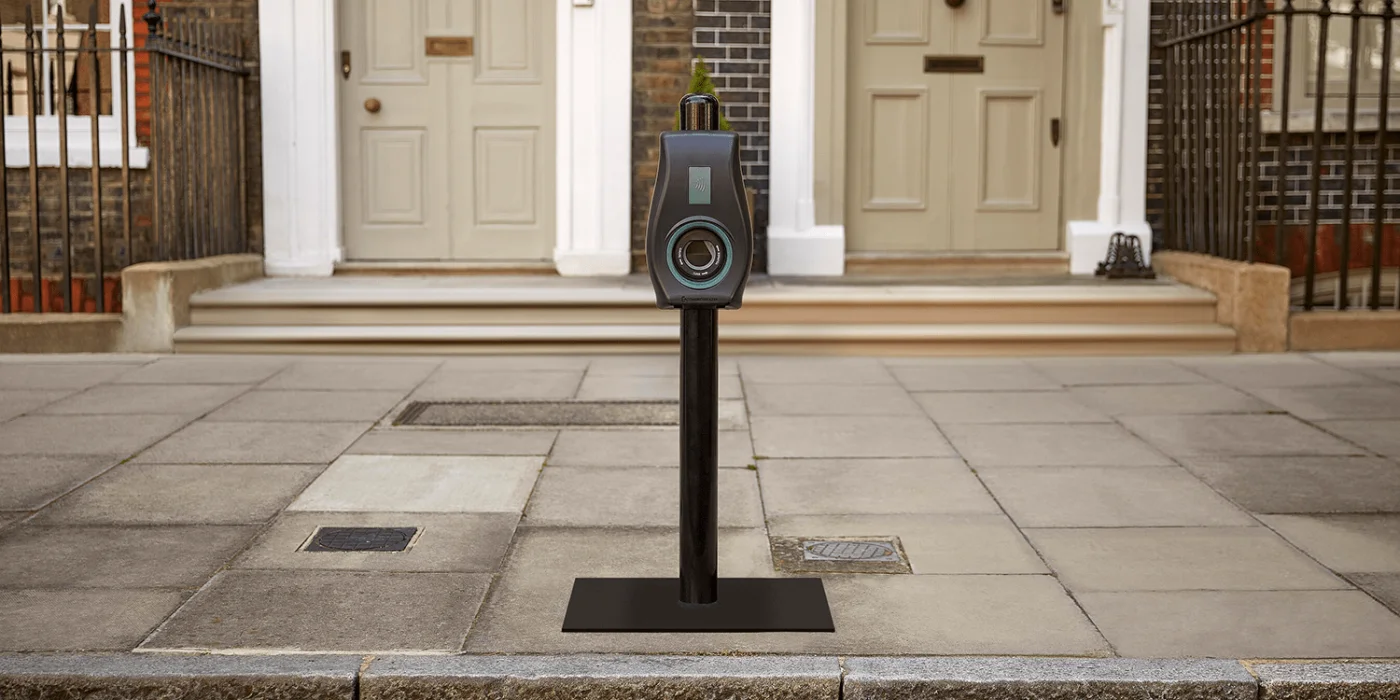In a bid to ease the burden of locating EV chargers and streamline road trip planning, Google Maps is set to undergo significant updates, the tech giant announced. With the rise of electric vehicles and the accompanying challenges of finding charging stations, Google aims to revolutionize the EV ownership experience.
“With the latest advancements, we’re determined to alleviate the stress of hunting down charging stations, especially in unfamiliar territories,” stated a Google spokesperson.
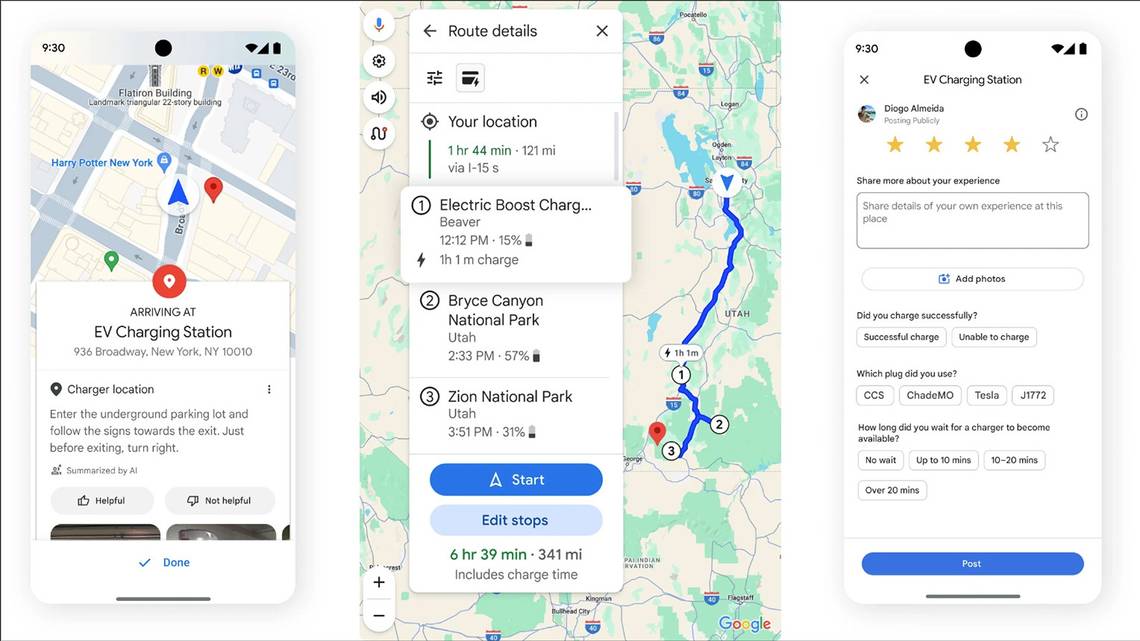
The forthcoming updates will employ AI-powered summaries to uncover concealed charging stations, including those nestled in multistory parking lots. These summaries will furnish intricate details, guiding users with precise directions such as, “Enter the underground parking lot and follow the signs toward the exit. Just before exiting, turn right.”
Drawing insights from user reviews, Google Maps will enable drivers to rate individual charging locations, sharing vital information like wait times and plug types used. This crowdsourced data aims to mitigate the risk of encountering non-functional chargers, enhancing reliability for EV owners.
Moreover, Google Maps will display real-time information on port availability and charging speeds directly on in-car maps. This proactive feature prevents drivers from embarking on futile journeys to occupied or sluggish chargers, akin to the capabilities introduced in Rivian vehicles.
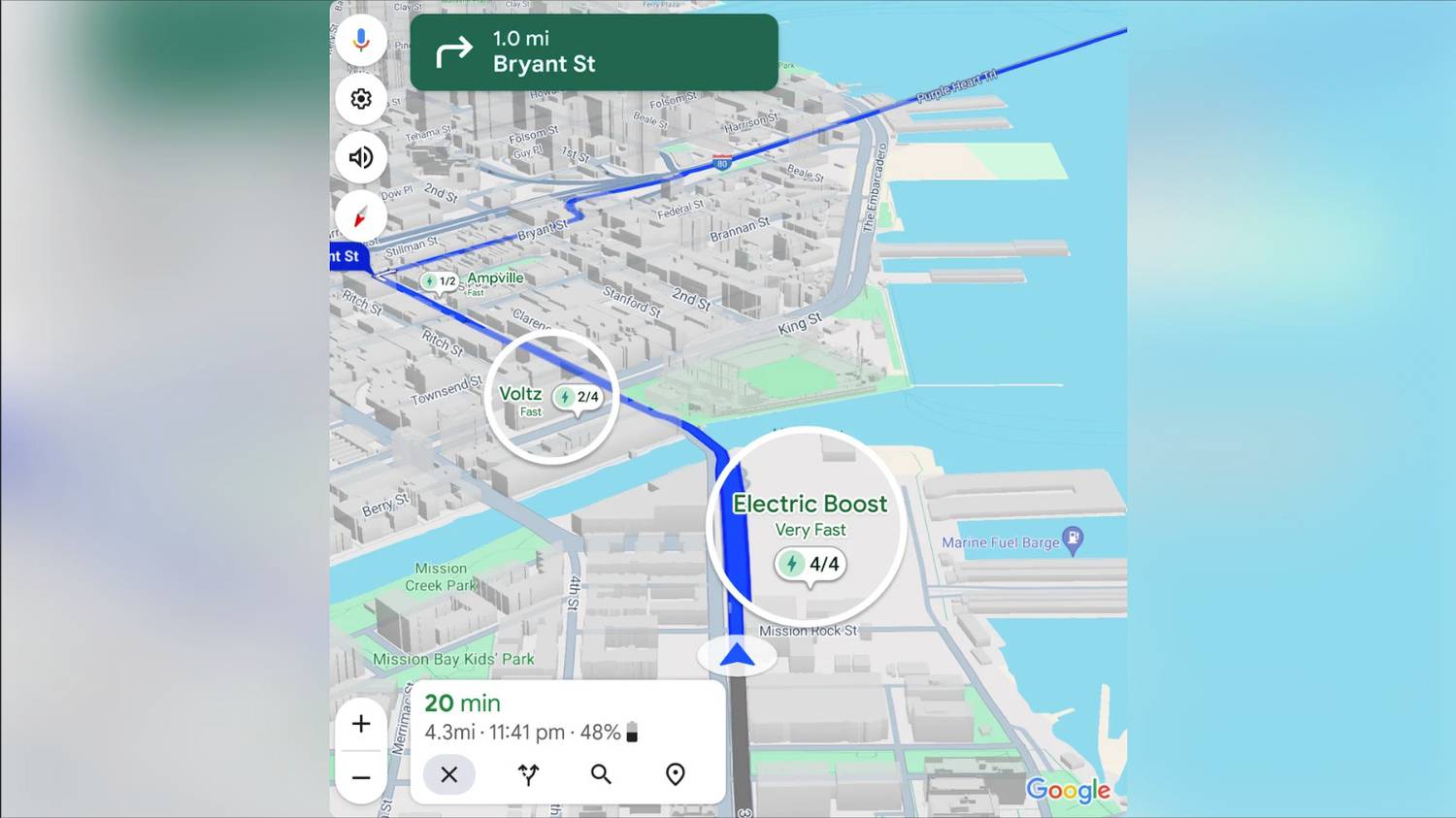
Navigating long-distance journeys with EVs will also be more seamless, as Google Maps will suggest optimal charging points based on trip parameters and battery status. Additionally, a new EV filter on Google Travel assists drivers in locating accommodations with onsite charging facilities.
“These updates mark a significant stride towards simplifying the EV ownership experience,” affirmed the Google spokesperson. “As the American charging infrastructure expands, features like these will be indispensable for the growing community of electric vehicle enthusiasts.”
The rollout of these enhancements is slated for the coming months, with vehicles equipped with Google built-in, such as the Volvo EX90, set to receive the updates initially. Alongside these EV-centric upgrades, Google built-in will introduce a revamped layout and user-friendly features, enhancing its overall usability.

